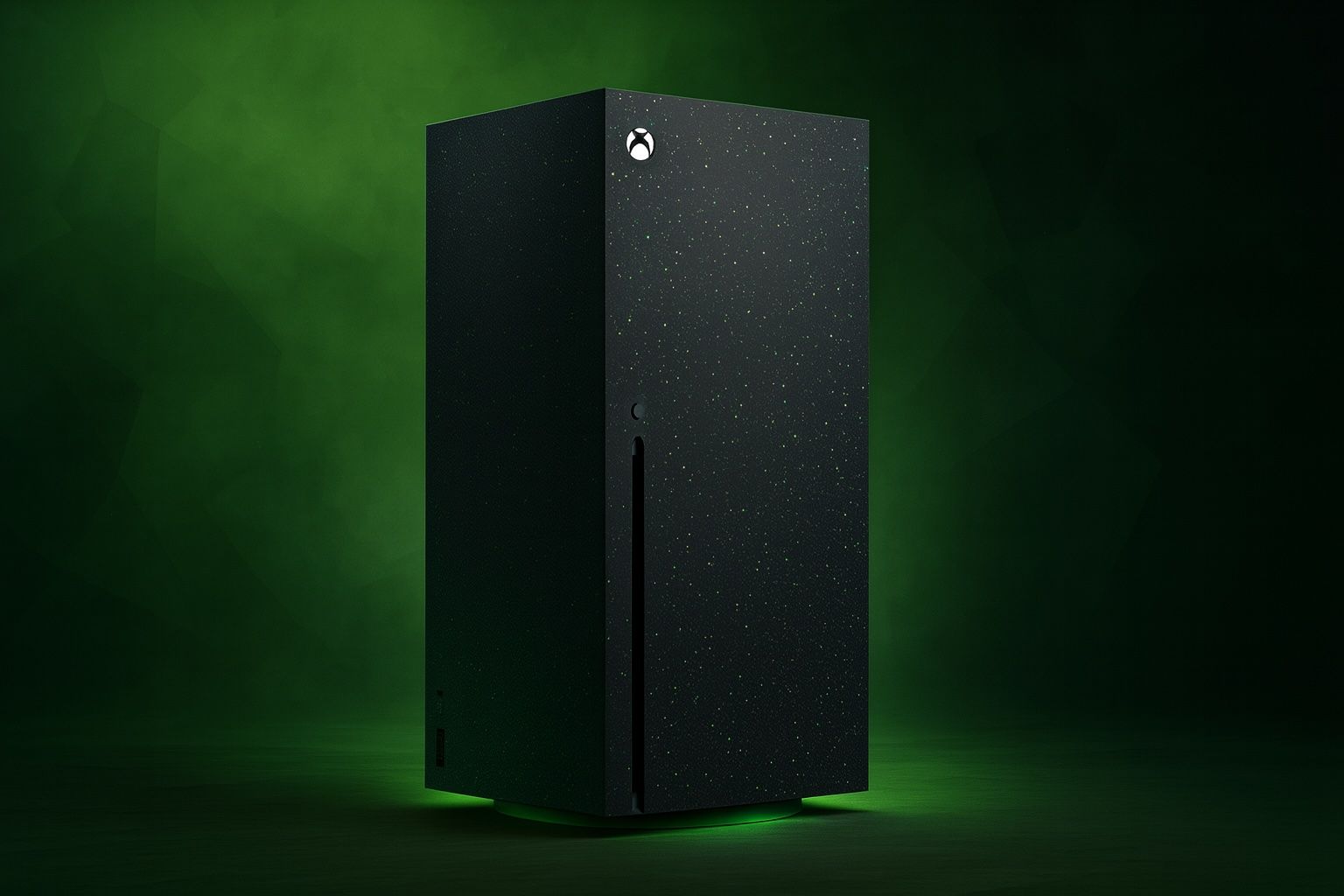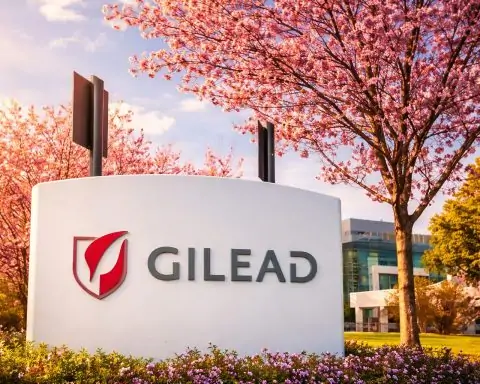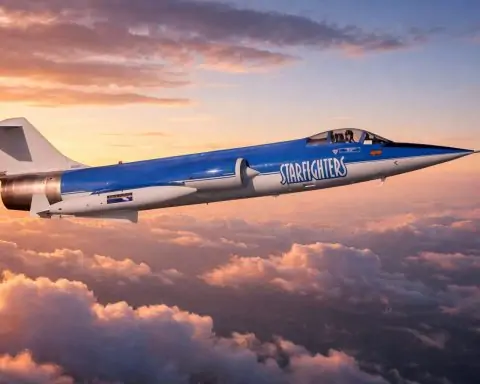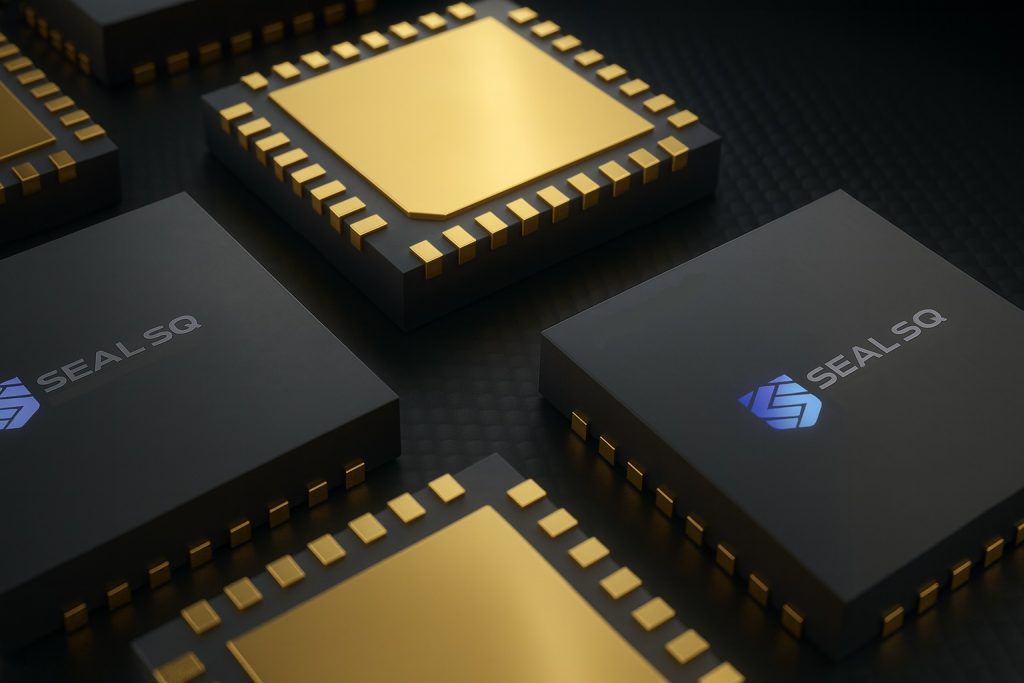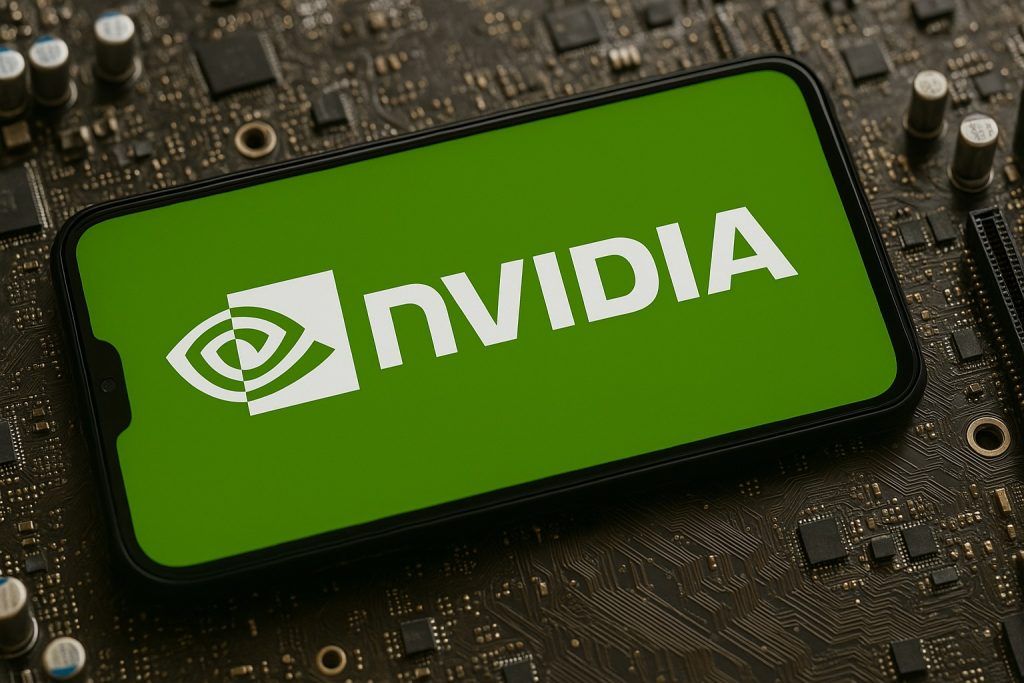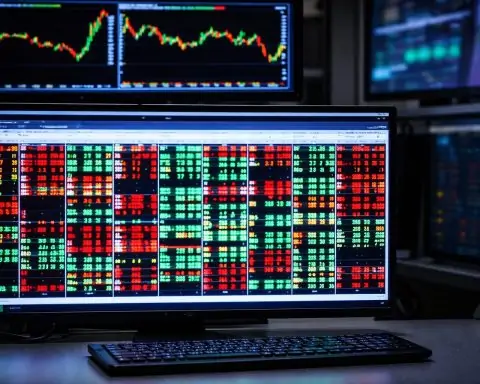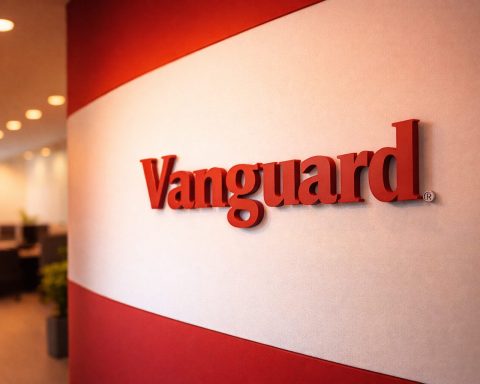- Xbox future is premium: Xbox President Sarah Bond says the next-gen Xbox “will be a very premium, very high-end curated experience.” [1].
- $1000 handheld influence: Microsoft just launched the ROG Xbox Ally X handheld PC at $999 [2] – the highest price in Xbox history – hinting future consoles may be costly.
- Next-console confirmed: Microsoft insists a new Xbox is in development. The company stated it is “actively investing in our future first-party consoles and devices” [3], and renewed its multi-year AMD chip partnership [4].
- Gamer backlash on prices: Microsoft recently raised console prices and Game Pass costs. The Series X now costs $649.99 [5] and Game Pass Ultimate jumped 50% to $29.99/mo, sparking consumer outrage [6] [7].
- Stock outlook: Microsoft’s stock (~$519 in early Oct) has climbed ~23% this year [8]. Analysts rate MSFT a “Buy,” with 12-month targets around $617–$631 (roughly +20–22%) [9] [10]. AMD and Nvidia shares have also surged on booming AI prospects [11] [12].
Premium Next-Gen Xbox: What We Know
In a recent Mashable interview, Xbox boss Sarah Bond stunned gamers by saying the upcoming Xbox will “be a very premium, very high-end curated experience.” [13]. That language suggests Microsoft is positioning the next console well above the low-cost Series S. Tom’s Hardware notes this implies a shift toward PC-like, top-tier hardware (possibly running Windows and offering multiple game stores), a marked change from traditional budget consoles [14] [15].
Bond even tied her comments to Microsoft’s new handhelds, saying “you’re starting to see some of the thinking we have in this handheld” applied to the console [16]. Indeed, Microsoft’s first “Xbox” handheld (made with Asus) – the ROG Xbox Ally X – launched at $999.99 [17]. That high-end device is essentially a Windows 11 gaming PC with Xbox branding. Analysts have speculated that the next Xbox (codenamed Magnus) may similarly blur the line between console and PC, possibly even allowing access to Steam, Epic, and other stores [18] [19]. In short, Microsoft is signaling it may build its next console more like a high-end gaming PC than a traditional set-top box.
At the same time, Microsoft has publicly quashed rumors of a hardware exit. Both Windows Central and PC Gamer reported that Microsoft said it is “actively investing in our future first-party consoles” [20]. The company reaffirmed its multi-year partnership with AMD, which will co-engineer custom chips for future consoles, handhelds, and cloud servers [21]. All this confirms that a next-gen Xbox is coming (likely late in the decade), and that it will leverage cutting-edge, gaming-optimized silicon.
$1,000 Handheld Sets New Benchmark
Microsoft’s embrace of high prices was made stark by its new handhelds. The base ROG Xbox Ally costs $599.99, while the top Ally X is $999.99 [22]. TS2.Tech notes these are “the most expensive ‘Xbox’ devices ever” [23]. The Ally X packs an AMD Ryzen Z2 Extreme CPU, 24 GB RAM, 1 TB SSD, and a 7″ 120 Hz display [24]. It runs Windows 11 with an Xbox-optimized interface and supports Game Pass, cloud streaming and Xbox Remote Play [25]. In practice, it is a handheld gaming PC with an Xbox logo.
Reactions to the price were mixed. Tech reviewers praised its comfort and performance, but many gamers balked at the cost. TS2.Tech notes that, compared to Valve’s $400 Steam Deck, the Ally X’s price is “a sticker shock” [26]. Industry polls showed roughly 3/4 of Xbox fans don’t plan to buy the Ally models at those prices [27]. As one editor quipped, seeing Steam Deck–class specs in a $600 device “is not a good start for Microsoft” [28]. Still, Microsoft defended the devices as a premium experiment. Many observers now wonder: if the handheld can cost $999, what will Microsoft do with the full console?
Microsoft’s Strategy & Next-Gen Roadmap
Market analysts link this hardware pivot to Microsoft’s broader strategy. By focusing on high-end devices, Microsoft can emphasize higher margins and showcase its cloud and subscription services. PC Gamer notes Microsoft appears content to let Series X|S carry the current console generation, with no mid-cycle upgrade planned [29]. TS2.Tech reports leaked roadmaps project the true next Xbox around 2028, emphasizing cloud-hybrid features [30]. In other words, any major console performance jump is still years away – but when it does arrive, it will likely be very powerful (and expensive).
Microsoft’s ongoing partnership with AMD is key. At Tokyo Game Show 2025, Xbox and AMD leaders announced they are working together on custom gaming chips. AMD’s CEO Lisa Su highlighted that future Xbox hardware will combine AMD’s Ryzen CPUs and Radeon GPUs in optimized packages [31]. Investors have noticed: AMD’s stock (AMD) has nearly doubled in 2025 after major AI chip deals [32], and analysts still project roughly 25% more upside [33]. Nvidia (NVDA) similarly hit record highs on AI demand [34]. This means Microsoft’s gaming plans are intertwined with the broader boom in chipmakers – a positive factor for its supply chain.
Meanwhile, Microsoft’s existing console lines have seen price hikes. On Oct. 3, Xbox raised US prices again: the Series X jumped to $649.99 (from $499) and the Series S to $399.99 [35]. (Microsoft blamed tariffs.) These changes, plus new $800–$999 bundles, put Xbox prices well above where they were in 2020. Similar moves have happened elsewhere: Sony’s new PS5 Pro launched at $699 and later rose to ~$750 [36]. TS2.Tech notes that at $699 Sony has entered a “new higher tier” of console pricing that Microsoft has avoided [37] – at least so far.
Gamer Backlash and Industry Context
Not surprisingly, many gamers have been vocal. TS2.Tech reports that Polygon collected fan reactions expressing anger over the $999 handheld and multiple console price hikes [38]. On social media and forums, some users complain they can get equivalent PC performance for less. Even longtime Xbox supporters have voiced frustration – citing $999 handhelds and a $649 Series X, one former Xbox exec (Mike Ybarra) tweeted “Console price increases are not tariff issues, they are profit issues.” [39]. Game Pass subscribers have been equally upset: an October overhaul raised Ultimate to $29.99/month (up from $19.99) [40], causing many to cancel [41]. (Surveys indicate about 58% of US cancelers did so because of the cost [42].)
By contrast, Nintendo and Sony seem to be playing a broader game. Nintendo is aggressively ramping Switch 2 production – Bloomberg reports up to 25 million units planned in the first year [43] – banking on games rather than hardware margins. Sony is heavily promoting the $750 PS5 Pro for enthusiasts. In this competitive landscape, Microsoft appears to be betting on winning higher-end gamers and leveraging its Xbox ecosystem. Whether casual gamers accept this “premium” strategy remains to be seen.
Financial Impact – Stock Prices & Forecast
How do these hardware moves affect Microsoft’s stock and related markets? MSFT shares have been buoyant thanks largely to cloud and AI, not gaming. As of early Oct 2025, MSFT traded around $519 [44]. TS2.Tech notes analysts’ 12-month consensus target is roughly $617.50 [45] (about +19%). Similarly, an AI-focused analysis finds most analysts give MSFT a “Buy,” with targets in the $618–$631 range [46] [47] (roughly +20–22%). TipRanks reports the average Street target is $631.44 [48]. Nearly all analysts rate Microsoft as a Strong Buy. [49] [50]
Microsoft stock edged higher on Oct. 20 after Bond’s comments, extending a 23% YTD rally [51]. However, investors emphasize this rise is driven by AI cloud growth. As TipRanks notes, the recent gains “are largely tied to Microsoft’s PC business, including its recent AI efforts, and not just from its gaming division.” [52] CEO Satya Nadella has repeatedly called the current trend a “tectonic AI platform shift” [53], and that narrative dominates MSFT’s valuation. In short, Wall Street remains confident in Microsoft’s long-term story despite gamer backlash over pricing.
Other tech stocks highlight this picture. Nvidia (NVDA) is on fire: up ~60% this year and trading near all-time highs [54], with new price targets around $250. AMD’s stock doubled in 2025 on big AI contracts [55] and now trades near record highs. That strength benefits Microsoft indirectly (via chip suppliers) but also means competition is intense. Xbox’s next-generation hardware is a smaller piece of the MSFT empire – by far the largest growth engine is still Azure and AI. Still, if Microsoft can pull off a premium console strategy, it could bolster revenues and justify analyst optimism. If consumers push back, the company may need to rely on subscription revenue to maintain growth.
Sources: News reports and analysis from Tom’s Hardware, PC Gamer, Windows Central and TechStock² (TS2.Tech) [56] [57] [58] [59] [60] [61], as well as market data (TipRanks, TS2.Tech) [62] [63]. These sources cover the latest Xbox hardware news, gamer reactions, and stock forecasts.
References
1. www.tomshardware.com, 2. ts2.tech, 3. www.pcgamer.com, 4. ts2.tech, 5. ts2.tech, 6. ts2.tech, 7. ts2.tech, 8. ts2.tech, 9. ts2.tech, 10. www.tipranks.com, 11. ts2.tech, 12. ts2.tech, 13. www.tomshardware.com, 14. www.tomshardware.com, 15. www.tomshardware.com, 16. www.tomshardware.com, 17. ts2.tech, 18. www.tomshardware.com, 19. www.vice.com, 20. www.pcgamer.com, 21. ts2.tech, 22. ts2.tech, 23. ts2.tech, 24. ts2.tech, 25. ts2.tech, 26. ts2.tech, 27. ts2.tech, 28. ts2.tech, 29. ts2.tech, 30. ts2.tech, 31. ts2.tech, 32. ts2.tech, 33. ts2.tech, 34. ts2.tech, 35. ts2.tech, 36. www.pcgamer.com, 37. ts2.tech, 38. ts2.tech, 39. www.pcgamer.com, 40. ts2.tech, 41. ts2.tech, 42. ts2.tech, 43. kotaku.com, 44. ts2.tech, 45. ts2.tech, 46. ts2.tech, 47. www.tipranks.com, 48. www.tipranks.com, 49. ts2.tech, 50. www.tipranks.com, 51. www.tipranks.com, 52. www.tipranks.com, 53. ts2.tech, 54. ts2.tech, 55. ts2.tech, 56. www.tomshardware.com, 57. ts2.tech, 58. www.pcgamer.com, 59. ts2.tech, 60. ts2.tech, 61. ts2.tech, 62. ts2.tech, 63. www.tipranks.com
